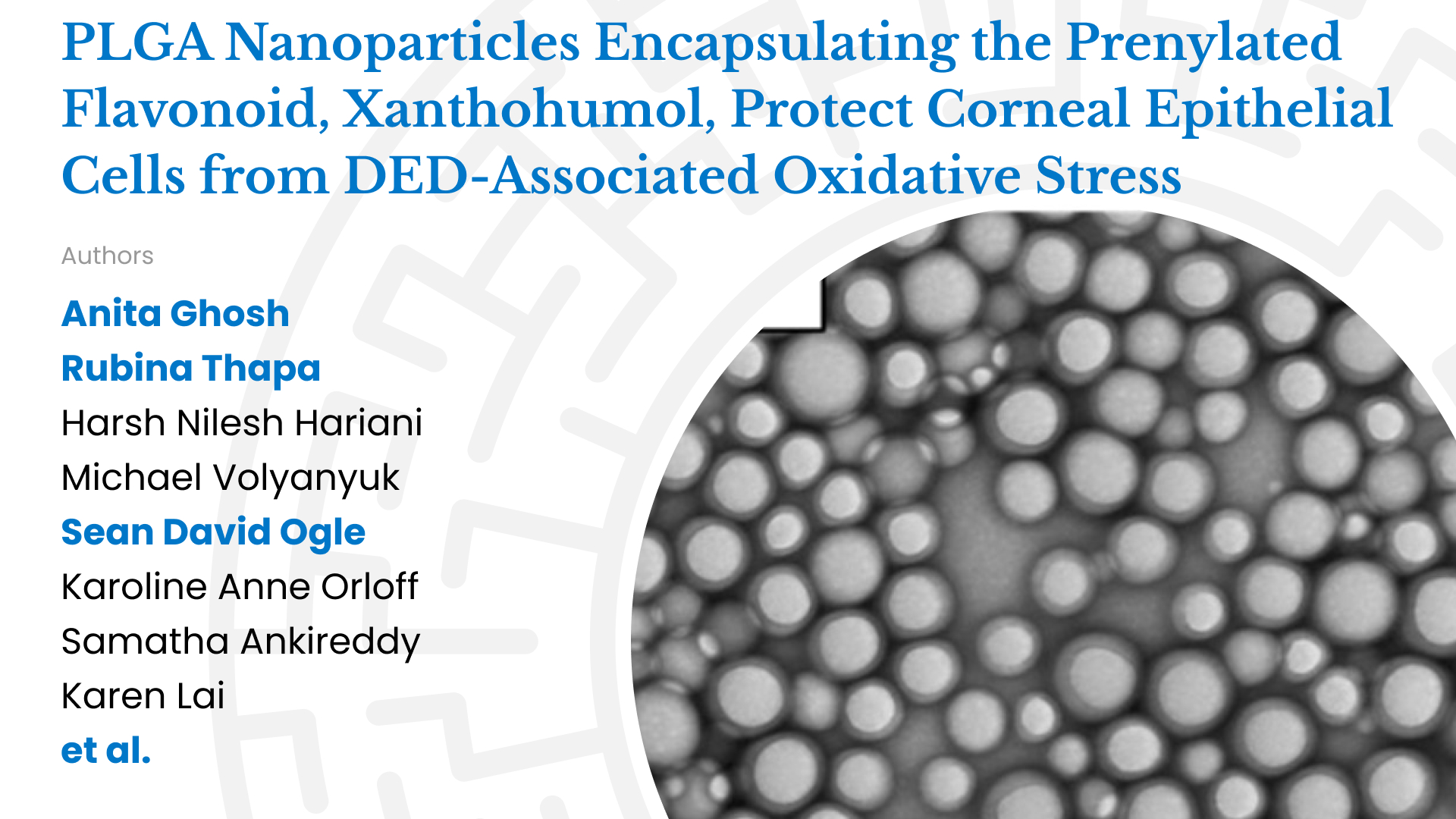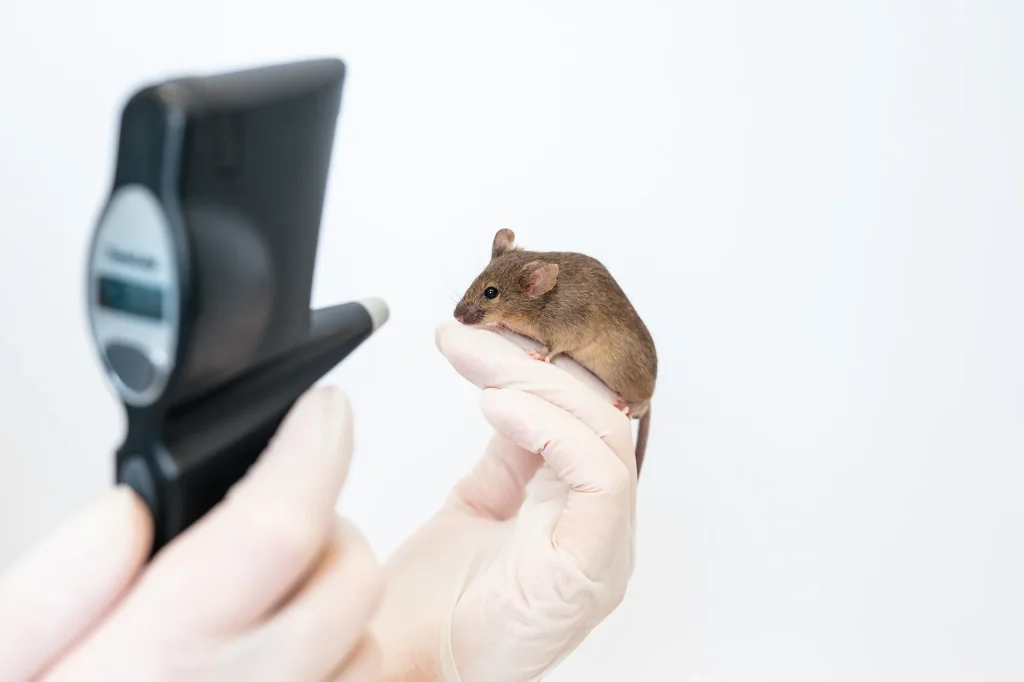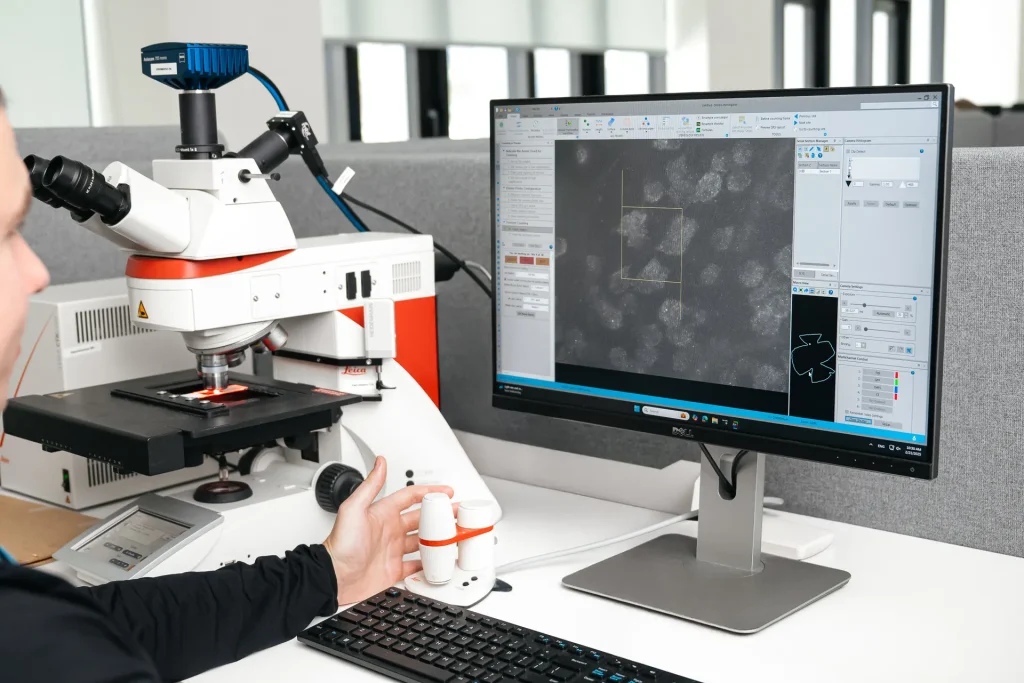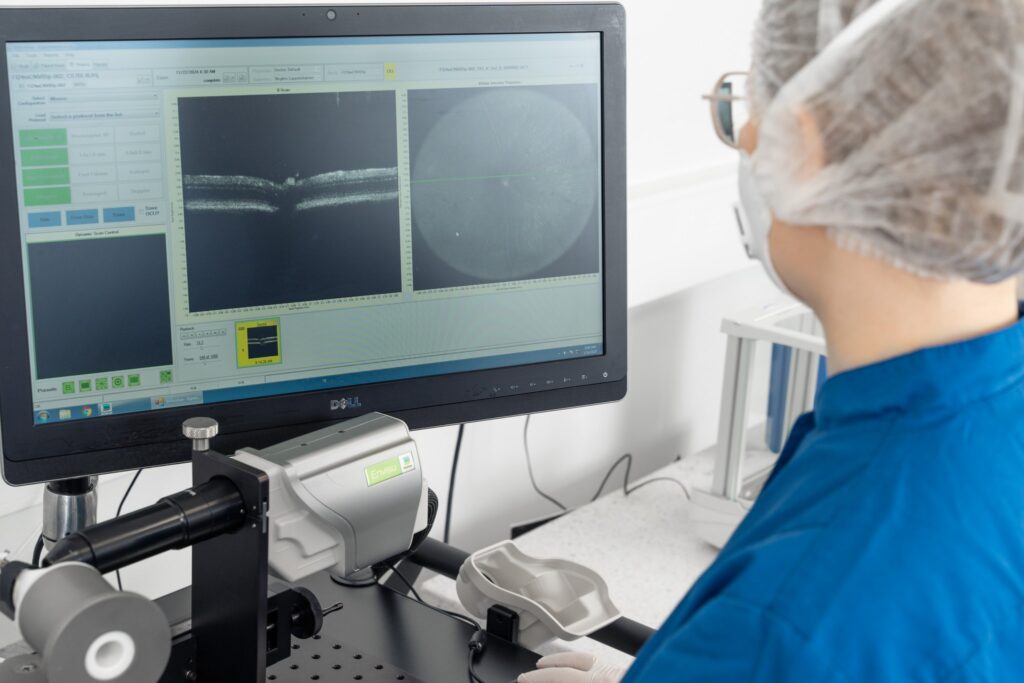Encapsulated xanthohumol protects corneal epithelial cells from DED-associated oxidative stress


Experimentica’s R&D team in collaboration with Loyola University Chicago, VA Hospital (Illinois), the State Research Institute Centre for Innovative Medicine (Vilnius, Lithuania), and North Texas Eye Research Institute, University of North Texas Health Science Center at Fort Worth, published about the effect of the naturally occurring prenylated chalconoid, xanthohumol, in preclinical models for dry eye disease in Pharmaceutics.
Oxidative stress is a known contributor to the progression of dry eye disease pathophysiology, and previous studies have shown that antioxidant intervention is a promising therapeutic approach to reduce the disease burden and slow disease progression.
In this study, we evaluated the pharmacological efficacy of the naturally occurring prenylated chalconoid, xanthohumol, in preclinical models for dry eye disease. Xanthohumol acts by promoting the transcription of phase II antioxidant enzymes.
In this study, xanthohumol prevented tert-butyl hydroperoxide-induced loss of cell viability in human corneal epithelial (HCE-T) cells in a dose-dependent manner and resulted in a significant increase in expression of the transcription factor nuclear factor erythroid 2-related factor 2 (Nrf2), the master regulator of phase II endogenous antioxidant enzymes. Xanthohumol encapsulating poly(lactic-co-glycolic acid) nanoparticles (PLGA NP) were cytoprotective against oxidative stress in vitro, and significantly reduced ocular surface damage and oxidative stress associated
DNA damage in corneal epithelial cells in the mouse desiccating stress/scopolamine model for dry eye disease in vivo.
PLGA NP represent a safe and efficacious drug delivery vehicle for hydrophobic small molecules to the ocular surface. Optimization of NP-based antioxidant formulations with the goal to minimize instillation frequency may represent future therapeutic options for dry eye disease and related ocular surface disease.
Authors: Anita Ghosh | Rubina Thapa | Harsh Nilesh Hariani | Michael Volyanyuk | Sean Ogle | Karoline Orloff | Samatha Ankireddy | Karen Lai | Agne Žiniauskaite | Evan Benjamin Stubbs, Jr. | Giedrius Kalesnykas | Jenni Hakkarainen | Kelly Ann Langert| Simon Kaja
Keywords: ocular surface disease; dry eye disease; antioxidant; xanthohumol; drug delivery; PLGA nanoparticles
Check out our latest news and activities
All Scientific publications




Copyright: Experimentica Ltd. 2025